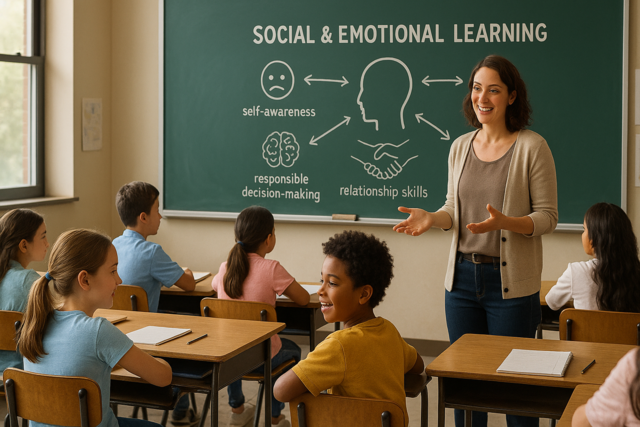Online Class: Integrating Arts into the Curriculum

-
15Lessons
-
22Exams &
Assignments -
7Hours
average time -
0.7CEUs
Course Description
Course Title: Integrating Arts into the Curriculum
In the rapidly evolving landscape of modern education, where the lines between disciplines are increasingly blurred, one exceptional course stands out as a beacon of innovation and holistic learning: "Integrating Arts into the Curriculum." This transformative journey is not merely an academic endeavor but a gateway to redefining how students engage with the world around them. It's an exploration of how creativity intertwines with traditional learning, crafting a richer, more inclusive educational experience that is relevant for today's global citizens.
Imagine a world where history is not just dates and events but a tapestry woven with threads of art, music, dance, and narrative. This course invites you to embark on a journey where the past and present converge in a kaleidoscope of colors and sounds, painting pictures of shared humanity and diverse cultural narratives. From the profound brushstrokes of Japanese sumi-e to the rhythmic complexity of African tribal dance, you will delve into the heart of cultural interconnectedness that transcends mere textbook knowledge.
Picture yourself in a classroom that is alive with possibilities, where each lesson unfolds like a gripping story waiting to be told. In "Integrating Arts into the Curriculum," song lyrics become powerful narratives that echo societal shifts and personal tales of love, loss, and resilience. You'll unravel the poetic mysteries within them, discovering how they resonate with classical literature and yet stand as modern chronicles of change.
Creativity takes center stage as you engage in improvisational arts—dynamic exercises that encourage stepping into different perspectives. These interactive sessions are not only enlightening but also equip you with empathy and critical thinking skills, enabling you to navigate complex social dynamics with grace and understanding. Here, the classroom transforms into a vibrant playground of ideas, where role-playing and historical reenactments breathe life into otherwise stale facts and figures.
The scientific realm, too, is no stranger to the artistry of visual perception. Learn to decipher the subtle cues and patterns that turn raw data into actionable insights, making connections that span far beyond the classroom and into the influential arenas of policy and decision-making. You'll see how visual artistry serves as a universal language, bridging gaps and forging ties across diverse fields like climate science and urban planning.
But this course does more than enhance academic prowess; it transforms personal growth. Through the exploration of cultural dance, you not only learn steps but absorb stories, cultivating empathy and preparing for the global stage. Engage with oral traditions and visual narratives, as storytelling becomes a vehicle for broader understanding and celebration of diversity.
The journey doesn't stop with traditional art forms; it expands into the digital realm, where technology and creativity merge to push the boundaries of expression. Discover how virtual and augmented reality can revolutionize arts education, opening doors to immersive experiences that spark curiosity and innovation.
Ultimately, "Integrating Arts into the Curriculum" is not just a course you take but an experience that takes you to new heights of intellectual curiosity and personal fulfillment. It stands as a testament to the power of education enhanced by creativity—an essential skill set for anyone eager to thrive in today's interconnected world. You won't just learn; you'll transform, gaining insights and skills that set you apart and prepare you to lead with creativity and purpose.
This course invites you to transcend the traditional and step into a new world of possibilities—where arts and education intertwine to illuminate every facet of learning. Whether you are an educator seeking to enrich your teaching practice or a lifelong learner eager to explore the intersections of disciplines, this is your invitation to adventure. Seize the opportunity to engage, create, and transform. Join us in "Integrating Arts into the Curriculum," and discover the essential journey that will shape your future and redefine your understanding of learning forever.
- Business
- Business Ethics Courses
- Harassment Prevention Courses
- Human Resources Certifications
- Management
- Aromatherapy Courses
- Caregiver Courses
- Career Development Courses
- Communications Courses
- Confidence and Self Esteem Courses
- Healing
- Human Anatomy Courses
- Medical Skills
- Health & Medicine
- Nutrition
- Marketing
- Microsoft Office Certification Courses
- Life Coaching Courses
- Self-Improvement
- Small Business Certifications
- Safety
- Writing Improvement
- Business Writing Courses
Course Lessons
Lesson 1. Art and History: A Journey Through Cultural Interconnectedness
 Review Practice Worksheet: Lesson-1-HomeWork-16873.pdf
Review Practice Worksheet: Lesson-1-HomeWork-16873.pdf Lesson discussions: Reasons for Taking this Course
Lesson discussions: Reasons for Taking this Course Complete: Lesson 1 Activity
Complete: Lesson 1 Activity Assessment: Lesson 1 Review Exam
Assessment: Lesson 1 Review Exam
Lesson 2. Song Lyrics and the Art of Narrative
 Review Practice Worksheet: Lesson-2-Activity-16875.pdf
Review Practice Worksheet: Lesson-2-Activity-16875.pdf Complete: Lesson 2 Activity
Complete: Lesson 2 Activity Assessment: Lesson 2 Review Exam
Assessment: Lesson 2 Review Exam
Lesson 3. Unleashing Creativity Through Improvisation in Arts Education
 Review Practice Worksheet: Lesson-3-WorkSheet-16877.pdf
Review Practice Worksheet: Lesson-3-WorkSheet-16877.pdf Complete: Lesson 3 Activity
Complete: Lesson 3 Activity Assessment: Lesson 3 Review Exam
Assessment: Lesson 3 Review Exam
Lesson 4. The Art and Science of Seeing
 Review Practice Worksheet: Lesson-4-Downloadable-16880.pdf
Review Practice Worksheet: Lesson-4-Downloadable-16880.pdf Complete: Lesson 4 Activity
Complete: Lesson 4 Activity Assessment: Lesson 4 Review Exam
Assessment: Lesson 4 Review Exam
Lesson 5. The Art of Telling: Exploring Visual Narratives in Education
 Review Practice Worksheet: Lesson-5-HomeWork-16882.pdf
Review Practice Worksheet: Lesson-5-HomeWork-16882.pdf Assessment: Lesson 5 Review Exam
Assessment: Lesson 5 Review Exam
Lesson 6. The Transformative Power of Cultural Dance in Education
 Review Practice Worksheet: Lesson-6-WorkSheet-16884.pdf
Review Practice Worksheet: Lesson-6-WorkSheet-16884.pdf Complete: Lesson 6 Activity
Complete: Lesson 6 Activity Assessment: Lesson 6 Review Exam
Assessment: Lesson 6 Review Exam
Lesson 7. Oral Traditions and Cultural Narratives
 Review Practice Worksheet: Lesson-7-WorkSheet-16886.pdf
Review Practice Worksheet: Lesson-7-WorkSheet-16886.pdf Assessment: Lesson 7 Review Exam
Assessment: Lesson 7 Review Exam
Lesson 8. Beyond Brushes and Canvases: The Digital Evolution of Art Education
 Review Practice Worksheet: Lesson-8-Activity-16888.pdf
Review Practice Worksheet: Lesson-8-Activity-16888.pdf Complete: Lesson 8 Activity
Complete: Lesson 8 Activity Assessment: Lesson 8 Review Exam
Assessment: Lesson 8 Review Exam
Lesson 9. Exploring Emotional Expression: The Power of Arts in Education
 Review Practice Worksheet: Lesson-9-WorkSheet-16890.pdf
Review Practice Worksheet: Lesson-9-WorkSheet-16890.pdf Assessment: Lesson 9 Review Exam
Assessment: Lesson 9 Review Exam
Lesson 10. Unlocking Creativity Through Rhythmic Math
 Review Practice Worksheet: Lesson-10-WordSearch-16892.pdf
Review Practice Worksheet: Lesson-10-WordSearch-16892.pdf Complete: Lesson 10 Activity
Complete: Lesson 10 Activity Assessment: Lesson 10 Review Exam
Assessment: Lesson 10 Review Exam
Lesson 11. Thinking on Your Feet: Improv in the Classroom
 Review Practice Worksheet: Lesson-11-WorkSheet-16894.pdf
Review Practice Worksheet: Lesson-11-WorkSheet-16894.pdf Assessment: Lesson 11 Review Exam
Assessment: Lesson 11 Review Exam
Lesson 12. The Intersection of Art and Environmental Activism
 Review Practice Worksheet: Lesson-12-HomeWork-16896.pdf
Review Practice Worksheet: Lesson-12-HomeWork-16896.pdf Assessment: Lesson 12 Review Exam
Assessment: Lesson 12 Review Exam
Lesson 13. Art's Transformative Influence on Community Cohesion
 Review Practice Worksheet: Lesson-13-Downloadable-16898.pdf
Review Practice Worksheet: Lesson-13-Downloadable-16898.pdf Assessment: Lesson 13 Review Exam
Assessment: Lesson 13 Review Exam
Lesson 14. Fostering Empathy Through Arts in Education
 Review Practice Worksheet: Lesson-14-WordSearch-16900.pdf
Review Practice Worksheet: Lesson-14-WordSearch-16900.pdf Assessment: Lesson 14 Review Exam
Assessment: Lesson 14 Review Exam
Lesson 15. Architectural Wonders: Math Meets Design
 Review Practice Worksheet: Lesson-15-WordSearch-16902.pdf
Review Practice Worksheet: Lesson-15-WordSearch-16902.pdf Lesson discussions: End of Course Poll; Course Comments
Lesson discussions: End of Course Poll; Course Comments Assessment: Lesson 15 Review Exam
Assessment: Lesson 15 Review Exam
Learning Outcomes
- Analyze the influence of societal and historical contexts on major art movements, drawing connections between artistic expressions and cultural shifts.
- Identify and describe the symbolic meanings in diverse artistic traditions, interpreting how these symbols reflect and shape the cultural and societal narratives of their time.
- Analyze and evaluate the historical and cultural contexts within song lyrics to gain insights into societal values and movements of different eras.
- Define and identify poetic devices such as metaphors, rhyme schemes, and alliteration in selected song lyrics to enhance literary analysis skills.
- Demonstrate the ability to collaborate using the 'yes, and' approach in group activities to foster positive contributions and effective teamwork.
- Identify and apply improvisational techniques to enhance creative thinking and problem-solving skills within the arts curriculum.
- Demonstrate the ability to use artistic techniques, such as color theory and cross-hatching, to create accurate and interpretable scientific visualizations that enhance understanding and communication of complex data.
- Define visual perception and its significance in scientific observation, recognizing patterns, identifying details, and interpreting complex data across various scientific domains.
- Demonstrate understanding of art and narrative integration by creating a project that communicates a theme using both visual and written elements.
- Define the relationship between visual art and narrative by analyzing examples of art to construct meaningful written interpretations.
- Apply mathematical concepts by analyzing and performing complex rhythmic patterns found in traditional African dance, demonstrating proficiency in counting and pattern recognition.
- Demonstrate an understanding of the cultural origins and significance of various dance forms by identifying three unique elements from a selected dance style.
- Recognize the role of cultural storytelling in transmitting values and histories by analyzing diverse Indigenous, African, and Asian traditions.
- Demonstrate mastery of lesson content at levels of 70% or higher.
Additional Course Information

- Document Your Lifelong Learning Achievements
- Earn an Official Certificate Documenting Course Hours and CEUs
- Verify Your Certificate with a Unique Serial Number Online
- View and Share Your Certificate Online or Download/Print as PDF
- Display Your Certificate on Your Resume and Promote Your Achievements Using Social Media

Related Courses
-
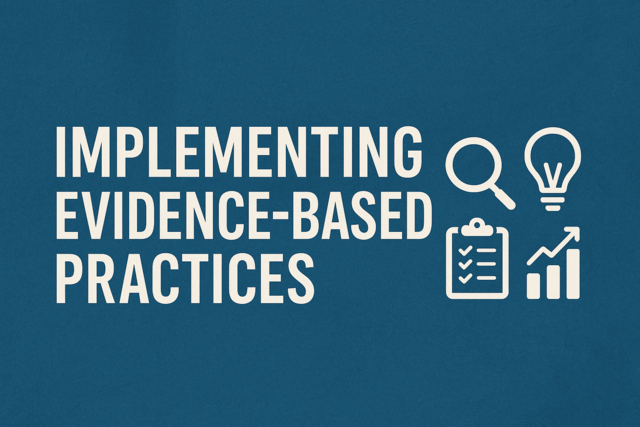 5 hours
0.5 CEUs
Implementing Evidence-Based Practices
+ More Info
5 hours
0.5 CEUs
Implementing Evidence-Based Practices
+ More Info
-
 5 hours
0.5 CEUs
Bridging Generational Gaps: Understanding Family Dynamics
+ More Info
5 hours
0.5 CEUs
Bridging Generational Gaps: Understanding Family Dynamics
+ More Info
-
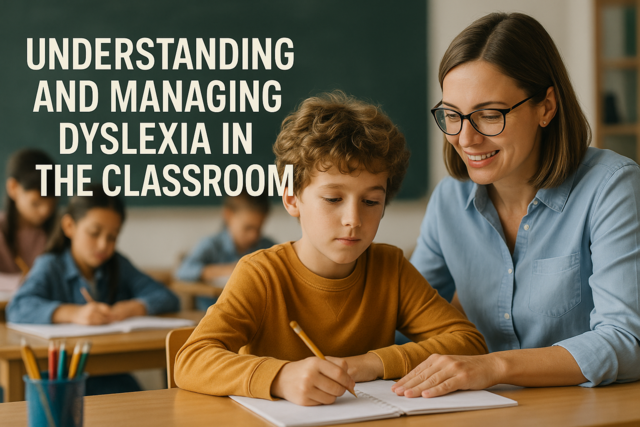 4 hours
0.4 CEUs
Understanding and Managing Dyslexia in the Classroom
+ More Info
4 hours
0.4 CEUs
Understanding and Managing Dyslexia in the Classroom
+ More Info
-
 3 hours
0.3 CEUs
From Me to We: Transitioning to a Team Mindset
+ More Info
3 hours
0.3 CEUs
From Me to We: Transitioning to a Team Mindset
+ More Info
-
 7 hours
0.7 CEUs
Harmony at Home: Techniques for Peaceful Coexistence
+ More Info
7 hours
0.7 CEUs
Harmony at Home: Techniques for Peaceful Coexistence
+ More Info
-
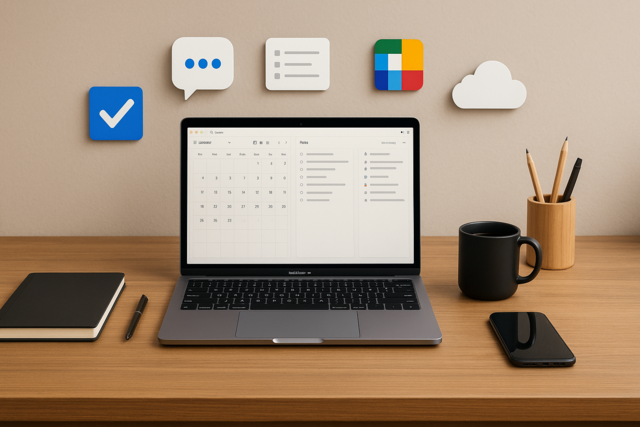 6 hours
0.6 CEUs
Productivity Tools for Modern Professionals
+ More Info
6 hours
0.6 CEUs
Productivity Tools for Modern Professionals
+ More Info
-
 6 hours
0.6 CEUs
Public Speaking with Confidence
+ More Info
6 hours
0.6 CEUs
Public Speaking with Confidence
+ More Info
-
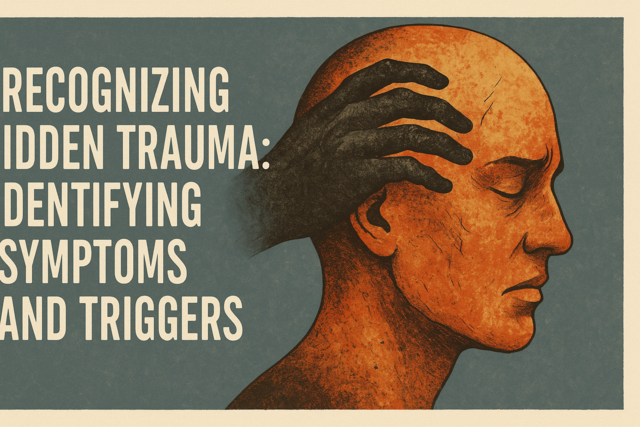 4 hours
0.4 CEUs
Recognizing Hidden Trauma: Identifying Symptoms and Triggers
+ More Info
4 hours
0.4 CEUs
Recognizing Hidden Trauma: Identifying Symptoms and Triggers
+ More Info
-
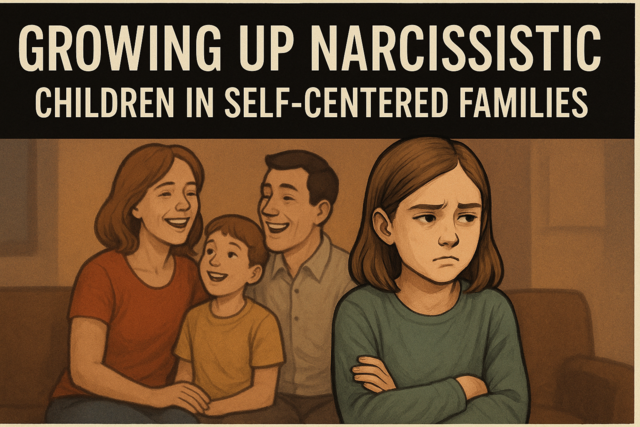 3 hours
0.3 CEUs
Growing Up Narcissistic: Children in Self-Centered Families
+ More Info
3 hours
0.3 CEUs
Growing Up Narcissistic: Children in Self-Centered Families
+ More Info
-
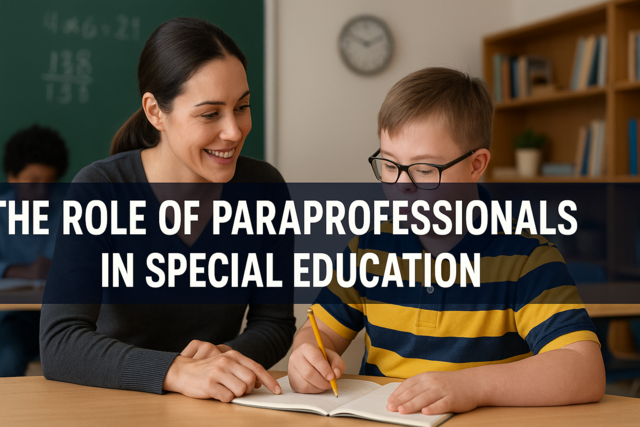 3 hours
0.3 CEUs
The Role of Paraprofessionals in Special Education
+ More Info
3 hours
0.3 CEUs
The Role of Paraprofessionals in Special Education
+ More Info
-
 5 hours
0.5 CEUs
The Strangeness of Human Consciousness
+ More Info
5 hours
0.5 CEUs
The Strangeness of Human Consciousness
+ More Info
-
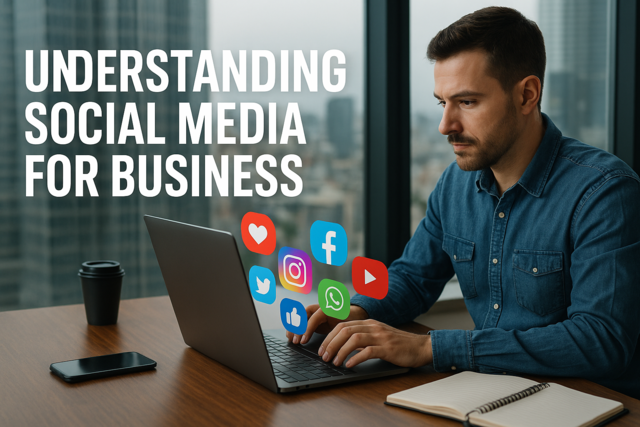 5 hours
0.5 CEUs
Understanding Social Media for Business
+ More Info
5 hours
0.5 CEUs
Understanding Social Media for Business
+ More Info
-
 5 hours
0.5 CEUs
Personal Hygiene and Grooming Essentials
+ More Info
5 hours
0.5 CEUs
Personal Hygiene and Grooming Essentials
+ More Info
-
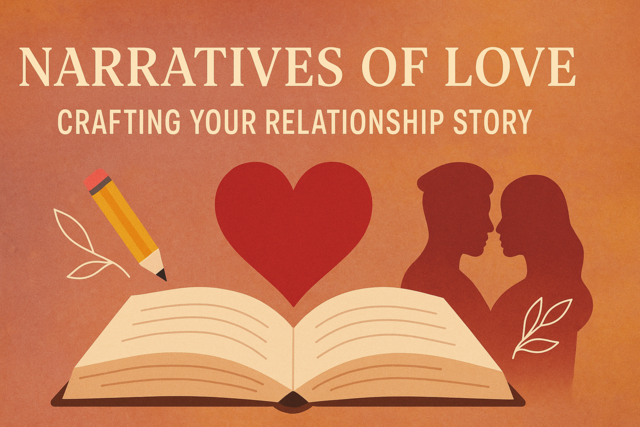 4 hours
0.4 CEUs
Narratives of Love: Crafting Your Relationship Story
+ More Info
4 hours
0.4 CEUs
Narratives of Love: Crafting Your Relationship Story
+ More Info
-
 6 hours
0.6 CEUs
Conflict Resolution and Negotiation
+ More Info
6 hours
0.6 CEUs
Conflict Resolution and Negotiation
+ More Info
-
 4 hours
0.4 CEUs
Introduction to Supply Chain Management
+ More Info
4 hours
0.4 CEUs
Introduction to Supply Chain Management
+ More Info
-
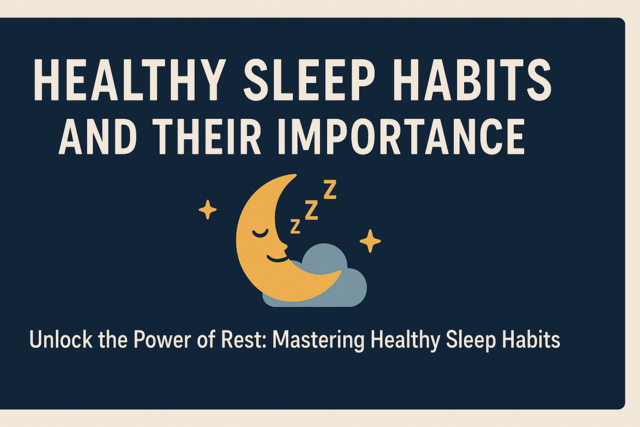 7 hours
0.7 CEUs
Healthy Sleep Habits and Their Importance
+ More Info
7 hours
0.7 CEUs
Healthy Sleep Habits and Their Importance
+ More Info
-
 6 hours
0.6 CEUs
Digital Marketing Fundamentals
+ More Info
6 hours
0.6 CEUs
Digital Marketing Fundamentals
+ More Info
-
 4 hours
0.4 CEUs
Addressing Sensory Processing Disorders: Classroom Interventions
+ More Info
4 hours
0.4 CEUs
Addressing Sensory Processing Disorders: Classroom Interventions
+ More Info
-
 6 hours
0.6 CEUs
Remote Leadership and Team Management
+ More Info
6 hours
0.6 CEUs
Remote Leadership and Team Management
+ More Info
-
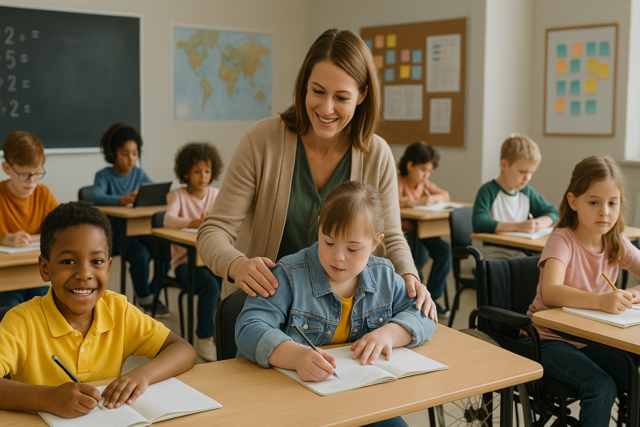 6 hours
0.6 CEUs
Supporting Students with Special Needs
+ More Info
6 hours
0.6 CEUs
Supporting Students with Special Needs
+ More Info
-
 6 hours
0.6 CEUs
Timeless Aesthetics: Navigating Luxury Brand Evolution
+ More Info
6 hours
0.6 CEUs
Timeless Aesthetics: Navigating Luxury Brand Evolution
+ More Info
-
 4 hours
0.4 CEUs
Strengthening Sibling Bonds: Strategies for Lifelong Friendships
+ More Info
4 hours
0.4 CEUs
Strengthening Sibling Bonds: Strategies for Lifelong Friendships
+ More Info
-
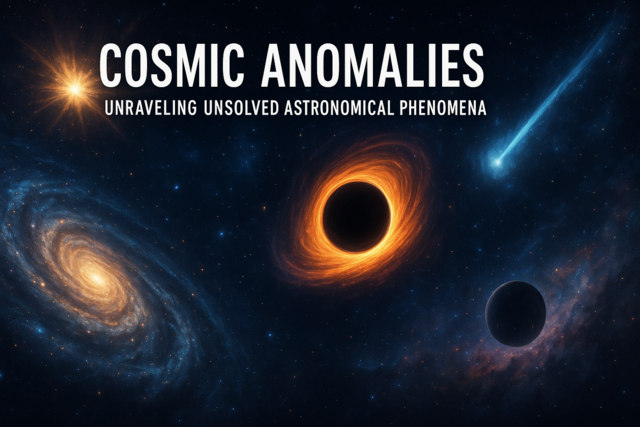 5 hours
0.5 CEUs
Cosmic Anomalies: Unraveling Unsolved Astronomical Phenomenon
+ More Info
5 hours
0.5 CEUs
Cosmic Anomalies: Unraveling Unsolved Astronomical Phenomenon
+ More Info
-
 6 hours
0.6 CEUs
Sustainable Practices in Business
+ More Info
6 hours
0.6 CEUs
Sustainable Practices in Business
+ More Info
-
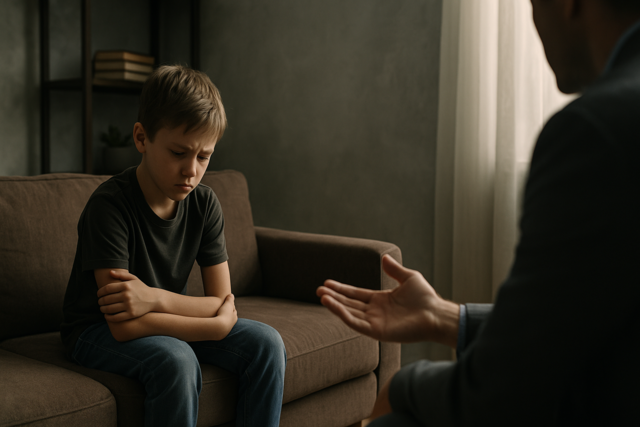 5 hours
0.5 CEUs
Childhood Trauma: Long-term Effects and Interventions
+ More Info
5 hours
0.5 CEUs
Childhood Trauma: Long-term Effects and Interventions
+ More Info
-
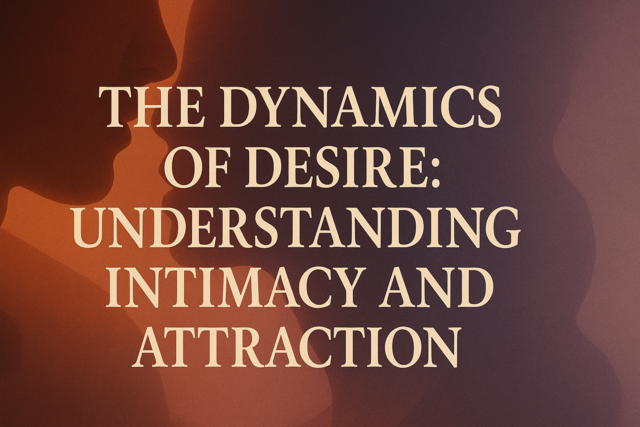 7 hours
0.7 CEUs
The Dynamics of Desire: Understanding Intimacy and Attraction
+ More Info
7 hours
0.7 CEUs
The Dynamics of Desire: Understanding Intimacy and Attraction
+ More Info
-
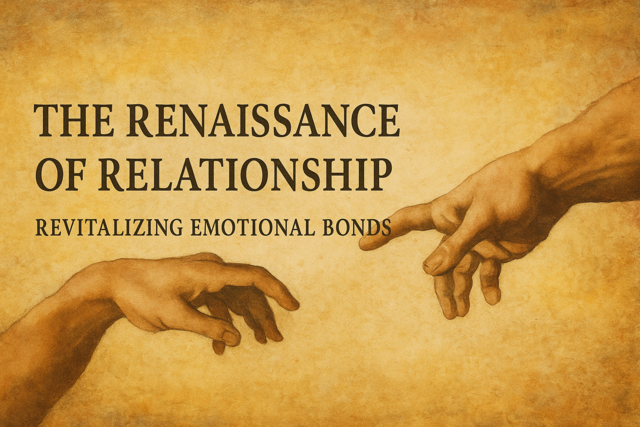 7 hours
0.7 CEUs
The Renaissance of Relationship: Revitalizing Emotional Bonds
+ More Info
7 hours
0.7 CEUs
The Renaissance of Relationship: Revitalizing Emotional Bonds
+ More Info
-
 6 hours
0.6 CEUs
Legacy Building: Creating a Family Culture to Last
+ More Info
6 hours
0.6 CEUs
Legacy Building: Creating a Family Culture to Last
+ More Info
-
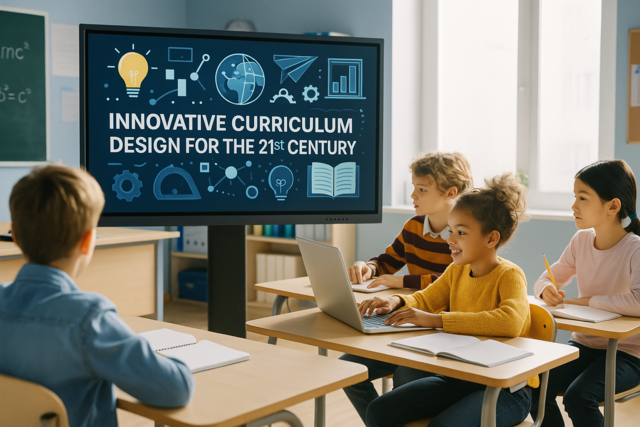 4 hours
0.4 CEUs
Innovative Curriculum Design for the 21st Century
+ More Info
4 hours
0.4 CEUs
Innovative Curriculum Design for the 21st Century
+ More Info
-
 6 hours
0.6 CEUs
Boundaries and Balance: Essential Insights for Healthy Relationships
+ More Info
6 hours
0.6 CEUs
Boundaries and Balance: Essential Insights for Healthy Relationships
+ More Info
-
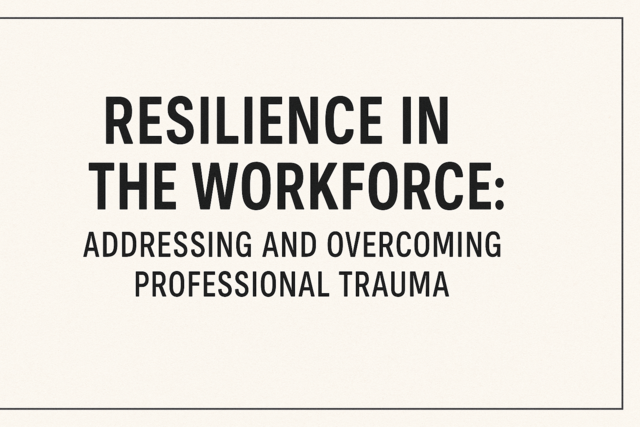 4 hours
0.4 CEUs
Resilience in the Workforce: Addressing and Overcoming Professional Trauma
+ More Info
4 hours
0.4 CEUs
Resilience in the Workforce: Addressing and Overcoming Professional Trauma
+ More Info
-
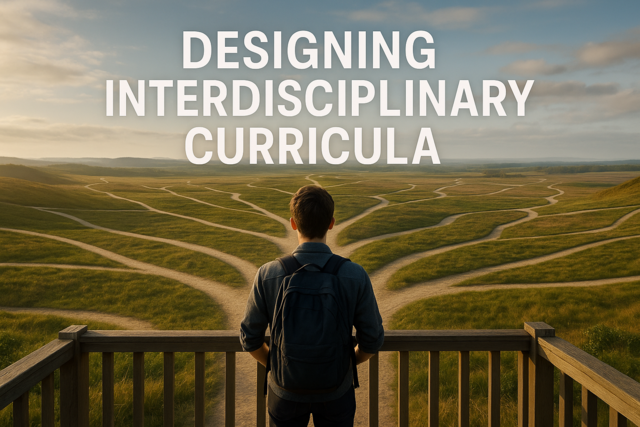 7 hours
0.7 CEUs
Designing Interdisciplinary Curricula
+ More Info
7 hours
0.7 CEUs
Designing Interdisciplinary Curricula
+ More Info
-
 4 hours
0.4 CEUs
Beyond Words: The Silent Language of Relationships
+ More Info
4 hours
0.4 CEUs
Beyond Words: The Silent Language of Relationships
+ More Info
-
 4 hours
0.4 CEUs
Emergency Preparedness and Survival Skills
+ More Info
4 hours
0.4 CEUs
Emergency Preparedness and Survival Skills
+ More Info
-
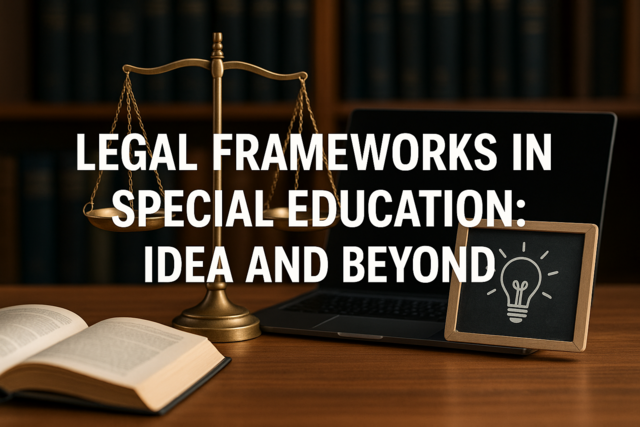 7 hours
0.7 CEUs
Legal Frameworks in Special Education: IDEA and Beyond
+ More Info
7 hours
0.7 CEUs
Legal Frameworks in Special Education: IDEA and Beyond
+ More Info
-
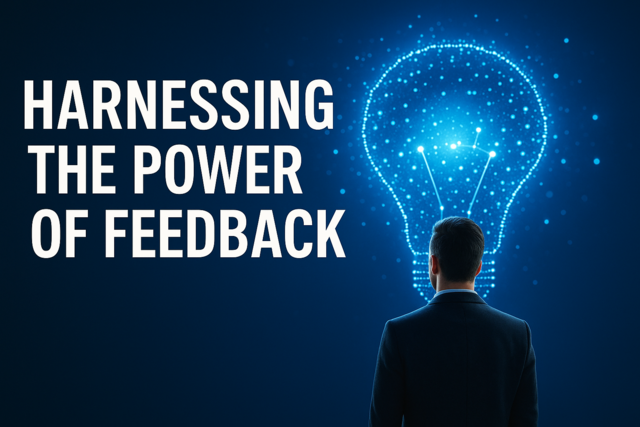 5 hours
0.5 CEUs
Harnessing the Power of Feedback
+ More Info
5 hours
0.5 CEUs
Harnessing the Power of Feedback
+ More Info
-
 5 hours
0.5 CEUs
Metaphysical Realms: A Journey Beyond
+ More Info
5 hours
0.5 CEUs
Metaphysical Realms: A Journey Beyond
+ More Info
-
 6 hours
0.6 CEUs
The Art of Dressing: Mastering High-End Menswear
+ More Info
6 hours
0.6 CEUs
The Art of Dressing: Mastering High-End Menswear
+ More Info
-
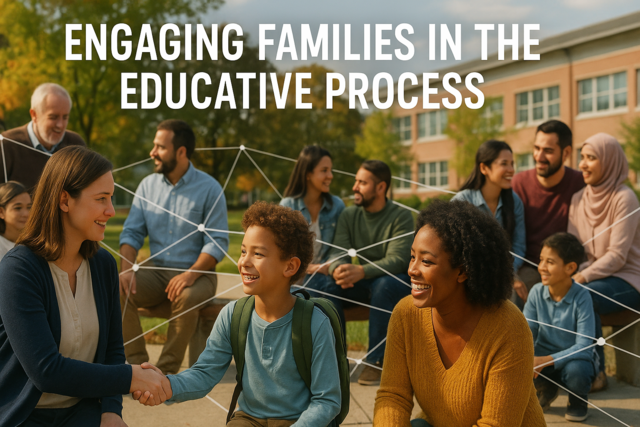 5 hours
0.5 CEUs
Engaging Families in the Educative Process
+ More Info
5 hours
0.5 CEUs
Engaging Families in the Educative Process
+ More Info


